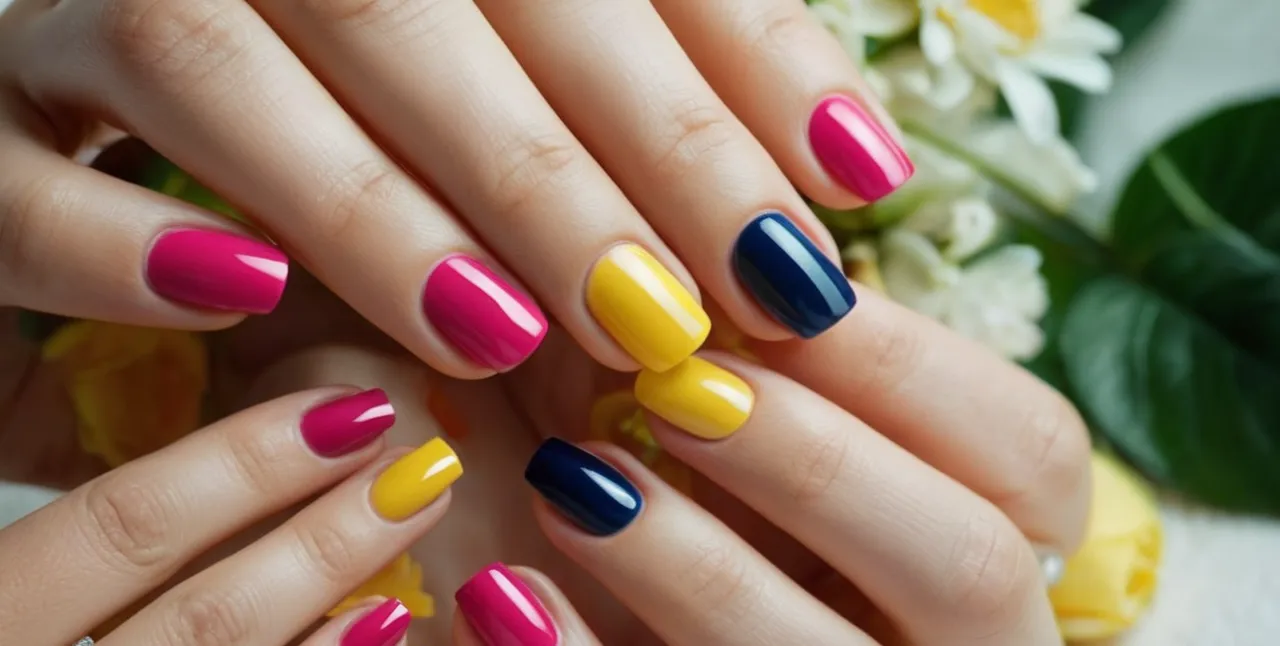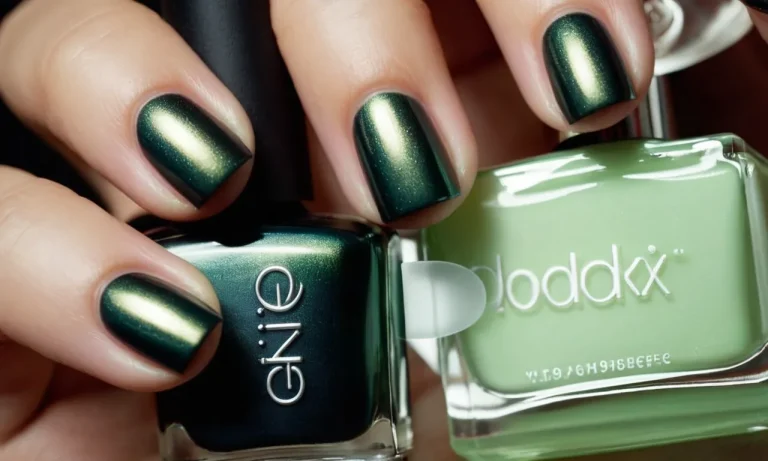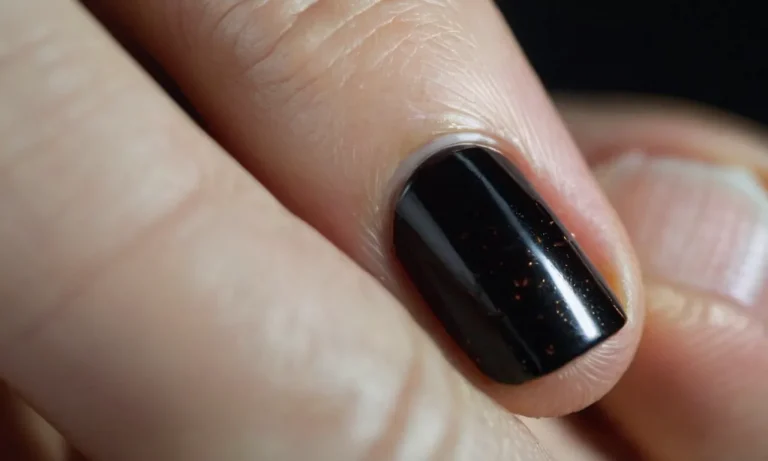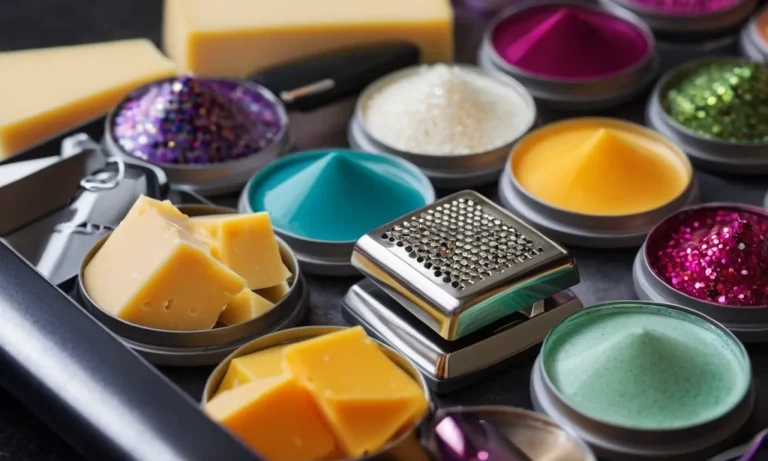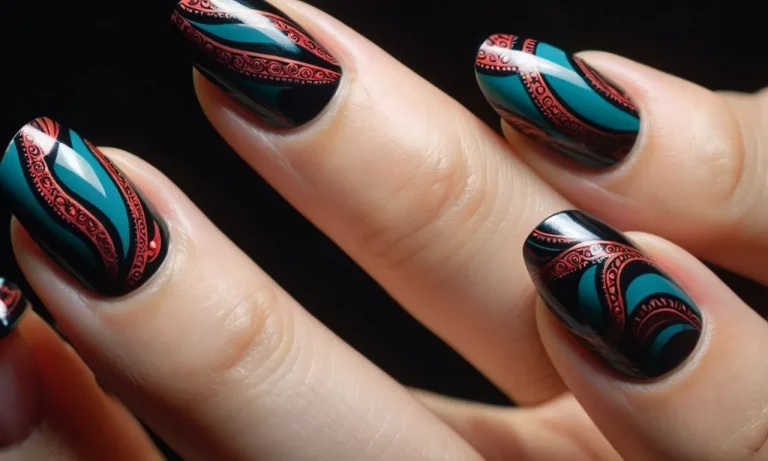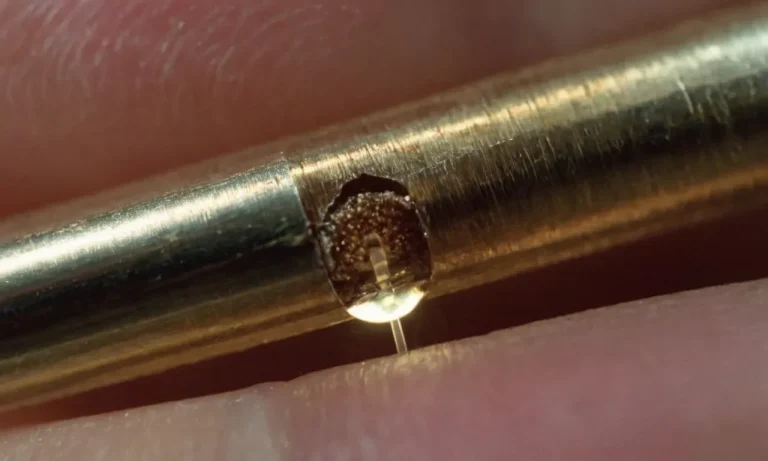Can I Use Nail Polish While Pregnant?
Pregnancy is an exciting time filled with lots of changes for both mom and baby. As your body goes through physical and hormonal changes, you may be wondering how your normal self-care routines could impact your growing baby.
If you’re short on time, here’s a quick answer to your question: It is generally considered safe to use most nail polishes in moderation during pregnancy. Certain nail polish ingredients like toluene and formaldehyde should be avoided. Always ensure proper ventilation when using any nail products.
In this comprehensive guide, we will cover everything you need to know about using nail polish and taking care of your nails during pregnancy. We’ll discuss the safety of common nail polish ingredients, risks associated with chemical exposure, best practices for ventilation and application, and safe natural alternatives to traditional polishes.
Are Nail Polishes Safe to Use During Pregnancy?
Most polishes are likely fine in moderation
For most pregnant women, using nail polish in moderation is unlikely to cause any issues. Many popular nail polish brands like OPI and Essie do not contain the “toxic trio” ingredients that are most concerning during pregnancy (more on this below).
As long as you avoid those harmful chemicals, using nail polish sparingly is considered safe by most doctors.
That said, nail polish isn’t completely without risks. The fumes from polish and remover contain chemicals that are not ideal to breathe in large amounts. Using nail polish just 1-2 times per month and painting in a well-ventilated area minimizes this risk.
Consider asking someone else to paint your nails for you to avoid inhaling fumes.
Avoid ‘toxic trio’ ingredients
While most polishes are likely fine, you’ll want to check the ingredients list and avoid polishes containing the “toxic trio” chemicals:
- Formaldehyde – Suspected carcinogen that may also cause breathing issues
- Toluene – Linked to developmental issues in babies
- Dibutyl phthalate (DBP) – Suspected endocrine disruptor that may impact hormones
These ingredients are found in some nail polishes, particularly cheaper brands. Always check the label carefully and ask a sales associate if you’re unsure.
Pay attention to fumes and ventilation
If you do use polishes without the toxic trio chemicals, be mindful of fumes. Make sure the room is well-ventilated when painting nails and consider asking someone else to apply it. You can also look for “3-free” or “5-free” nail polishes, which are formulated without the most concerning chemicals.
Try to avoid keeping polishes open for a long period of time, as this allows more fumes to escape. It’s also smart to forego removing polish with harsh acetone-based removers, which have stronger fumes.
Most doctors say that an occasional manicure is unlikely to cause harm. But if you get them frequently or have a history of breathing issues, check with your provider about any precautions.
Risks of Chemical Exposure for Pregnant Women
Exposure to potentially harmful chemicals during pregnancy can have lasting effects on the development of the fetus. Here’s an overview of how chemical exposures impact babies in the womb and children later in life.
How chemicals can impact fetal development
The developing fetus is especially vulnerable to chemicals that can disrupt normal development. Exposure to toxic substances like lead, mercury, solvents, pesticides, and plasticizers during pregnancy may lead to:
- Birth defects
- Low birth weight
- Preterm birth
- Miscarriage
- Stillbirth
Even small amounts of toxic exposure at key developmental stages can potentially cause permanent damage. The placenta does not block all chemicals from reaching the fetus.
Long-term effects on children
Early life exposure to harmful chemicals may continue to impact a child’s health and development years down the road. Some potential long-term effects include:
- Impaired brain development and lower IQ
- Increased risk of childhood cancers
- Asthma, allergies, and respiratory problems
- Immune system disorders
- Behavioral disorders like ADHD
- Reproductive health issues
The developing brain and hormonal systems are especially sensitive to chemical disruptors. Even small doses at key times can throw off important biological signals and derail normal maturation.
Signs and prevention of overexposure
Pregnant women should take steps to limit chemical exposures wherever possible. Signs of potential overexposure include:
- Headaches, dizziness, nausea
- Rashes or skin irritation
- Breathing problems
- Unusual changes in heart rate or blood pressure
To reduce risk, avoid using chemicals and products containing solvents, dyes, fragrances, or known endocrine disruptors. Eat organic produce when possible and avoid fish high in mercury. While pregnant or breastfeeding, be extra cautious and check with a doctor before taking any medications or supplements.
The developing baby is especially defenseless against toxic exposures. Taking precautions will help ensure chemicals absorbed by the mother don’t lead to lasting harm.
Best Practices for Using Nail Polish While Pregnant
Choose products wisely
When you’re expecting, it’s important to be mindful of the ingredients in nail polishes. Many popular polishes contain chemicals like formaldehyde, toluene, and dibutyl phthalate (DBP). Exposure to these ingredients should be limited during pregnancy.
Instead, look for polishes labeled “3-free”, meaning they are free of those concerning chemicals. Brands like Essie, OPI, and Zoya make 3-free options. For an extra precaution, consider watersoluble polishes that can easily wash off skin. Wearing gloves during application can also minimize exposure.
Ensure proper ventilation
Another key when using nail polish while pregnant is working in a well-ventilated area. Application and drying times release fumes into the air. Breathing in too much can potentially cause issues.
Opt to paint your nails outside or near an open window. Turn on a fan or open windows wider to keep fresh air circulating. Avoid small enclosed spaces like bathrooms. Proper airflow will diffuse fumes and keep your environment clean.
Apply sparingly and carefully
Using nail polish sparingly can also minimize chemical exposure for moms-to-be. Stick to short, neat applications instead of long, embellished nail art.
Careful application is also important. Wipe up spills and drips quickly to avoid skin contact. Try to avoid touching nails before they fully cure. Always wash hands immediately after finishing your manicure.
With some thoughtful choices and proper precautions, you can safely enjoy beautiful nails during pregnancy. A little effort goes a long way in keeping you and baby healthy.
Safe, Non-Toxic Nail Polish Alternatives
Water-based polishes
When looking for safe nail polish options during pregnancy, water-based polishes are a great alternative to traditional polishes containing harsh chemicals (Healthline). Water-based polishes are made without the “toxic trio” – formaldehyde, toluene, and dibutyl phthalate (DBP).
This makes them a safer choice that won’t expose you or your baby to nasty chemicals.
Some popular water-based nail polish brands include:
- Acquarella
- Ella+Mila
- Piggy Paint
- Karma Organic Beauty
When using water-based polishes, many women are pleasantly surprised by the quality. The colors tend to be vibrant and long-lasting. Application and drying time is similar to regular polish. Just remember to look for formulas marked “7-free” or “9-free” to avoid exposure to the toxic chemicals.
Acetone-free removers
When taking off your nail polish, be sure to use an acetone-free nail polish remover. Acetone is a harsh solvent that is commonly used in nail polish removers. Exposure to acetone may cause headaches, dizziness, and other unpleasant side effects (Byrdie).
Instead, look for nail polish removers made with gentler ingredients like ethyl acetate or methyl acetate. Popular acetone-free remover brands include:
- Ella+Mila
- Piggy Paint
- Karma Organic Beauty
- Zoya
Acetone-free removers will safely get your polish off without exposing you or your baby to harsh chemicals. They may take a little more effort compared to acetone-based removers, but your nails will thank you.
DIY natural options
If you want to take your nail polish safety a step further, try making your own with natural ingredients! Here are some ideas for DIY polishes and removers:
| DIY Polish | DIY Remover |
| Honey + cinnamon | Olive oil |
| Beet juice | Coconut oil |
| Aloe vera gel + mica powder | Apple cider vinegar |
Making your own natural nail polish requires some trial and error, but can be a fun project. And you’ll have total peace of mind knowing exactly what’s in your polish. 😊 Just be sure to do a patch test before slathering anything new on your nails.
With a little research, you can find tons of pregnancy-safe nail polish options. So you can still enjoy beautiful nails during your 9 months without worry. Just remember – when in doubt, keep it simple and natural! Your nails (and your little one) will thank you.
Conclusion
While occasional use of nail polish is unlikely to cause harm, pregnant women should take precautions to minimize chemical exposure. Seek polishes free of toluene, dibutyl phthalate and formaldehyde. Opt for water-based and ‘3-free’ formulas.
Always properly ventilate spaces when using nail products by opening windows or turning on fans. With some thoughtful choices, you can safely pamper your nails while protecting your growing baby.

